|
WELCOME TO OUR WEBSITE we can point you in the right direction
to buy a telescope. Sorry there is no phone number or email address. We do things differently so think of us as astronomy's
version of "Ricks Cafe American" from the movie Casablanca.

BURBANK OPTICAL CO. WAS FORMALLY
FRAUNHOFER SYSTEMS COMPANY ESTABLISHED 1991
THE ZEISS B OBJECTIVE LENS "B" Type Zeiss Objective.
The Zeiss B was the first truly successful apochromatic objective along with the Cooke Photo-Visual, I believe. Zeiss did
make the apochromatic A objective, but the glass was not stable and tended to accumulate large amounts of fungus. I do not
think that there are any useable A Objectives left. The B Objective came in focal lengths between f11, and f15, and I think
in the neighborhood of f17.5-19 at their longest. The longer focal lengths were considered to be fully apochromatic (by Abbe's
definition), with the f11 being considered a "half" or semi-apochromat by Zeiss.
WHY A 6"F/15 REFRACTOR
Why a 6-inch F/15 Refractor? From my years of experience as an astronomer who has used a variety of telescopes
of different types along with using very rare large apertures of 8-12 inches. I have found the 6 inch F/15 refracting telescope
is the optimum design for lunar, planetary, and solar observing. The telescope’s size makes it the best instrument in
my opinion for advanced observers to use and simple enough for elementary observers to use for their viewing. An observer
can master the telescope system with relatively few instructions, and yet the system is large enough to provide optimum viewing
in city astmospheric conditions. Furthermore for more advanced observing the 6" F/15 refractor with it’s accessories
provides opportunities for photographic and spectroscopic work as well. Observatories and educational institutions usually
have found the 6-inch F/15 refractor to be the finest instrument for lunar, planetary, and solar observing. For those wanting
to build a 6" F/15 refracting telescope system for their observing should obtain a copy of "Telescope Making44" and read the
article entitled "Constructing a Large Brass Refractor" by Larry Myers. Telescope Making was a publication of Kalmbach Publishing
Company (Astronomy Magazine)
THE TELESCOPE'S F/number
The f/number (focal ratio) of any telescope tells two things about the telescope and
that is it's intended purpose and it's photographic performance. The brightness of a star depends on the telescope's aperture
not the telescope's f/number. All telescopes of the same aperture at any magnification will show the same visual brightness.
There are many that insist their long focal ratio telescope gets higher contrast, this is not correct. A refracting telescope
does have more contrast than any other because of it's optical system not because of the f/ratio. You can see that when you
are comparing very well made and very well corrected refractors, you will see there is no gain in contrast regardless of the
f/ratio of each telescope. Even if a reflecting telescope is well made and has the same size secondary mirror obstruction
as another, it will have the same contrast regardless of the f/number of each telescope. All of the confusion and there is
much on this issue, is because of the photographic use of the f/number. A faster f/ratio does mean brighter images on film
but not in a telescope. Aperture not f/ratio is the important factor with a telescope. Some photographers have a great deal
of trouble with this concept. The f/number of any objective lens or a mirror of a telescope has nothing to do with the visual
brightness of an image, the bigger the aperture the better.
TESTING THE OPTICS OF YOUR TELESCOPE
You will gain experience in using your telescope especially if you direct
your attention to the main points of quality. You will find in time that you will become critical of imperfections of your
telescope, casual or inherent. When you test your telescope's optics, you should be careful and pay close attention to your
own eyesight and be guided by proper directions and only then will you have a good idea of the quality of your telescope.
Remember that no telescope will give the most perfect image. Your telescope is good when you can see fine definition and not
to worry about the out of focus star image. If there seems to be a problem with the telescope because of the star image, you
can not say what the problem is until you make an examination of the out-of-focus image on a night fine enough to allow you
to make a star test at high power, unless the fault is because of a astigmatism, maladjustment, or centering of the optics
and on a good night these can be seen at focus.
BRANDON OCULARS
Brandon is a brand name of VernonScope, and is applied to a variety of products, including a
well-established line of eyepieces. Several of the short- to medium focal-length Brandon eyepieces are advertised as orthoscopics,
yet they appear upon disassembly to resemble Plossls. They use four lenses in an unsymmetrical duplet formulation designed
by Chester Brandon, one of the designers of the top-secret Norden bombsight, which played an important role in World War II.
Brandon
eyepieces are a popular choice of professional astronomers worldwide. VernonScope estimates that over one million Brandons
in various incarnations and focal lengths have been produced since their introduction in the early 1940s. Designed for medium
to high power use with any telescope at focal ratios down to f/4, they are very sharp at the center (although somewhat less
so at the edges) and ideally suited to lunar, planetary, star cluster, and binary star observing. They have excellent color
correction and very low astigmatism, with very minor field curvature and ghosting. They are fully coated, but not multicoated,
in order to reduce a phenomenon known as "narrow angle light scatter" that is sometimes seen in multicoated optics. This scatter
shows as a loss of contrast and subtle details within bright objects such as Venus, Mars, and Jupiter. It also shows as a
significant difference in the background darkness immediately surrounding a bright object, which is especially important for
double-star observing. Brandons are accordingly noted for their exceptional contrast and extremely dark background, two reasons
why Questar has been using them in their ultra-premium Maksutov-Cassegrain scopes since 1971. They have moderately wide apparent
fields of view, of about 45°.
Brandons are threaded for Vernonscope filters only. The use of standard eyepiece
color or nebula filters requires adapter #3405. They have rubber eyecups that roll down for eyeglass use, although their eye
relief is quite short in the shorter focal lengths. Brandons are the sharpest design currently available in a 1.25" barrel
size for eyepiece projection photography. Wikipedia
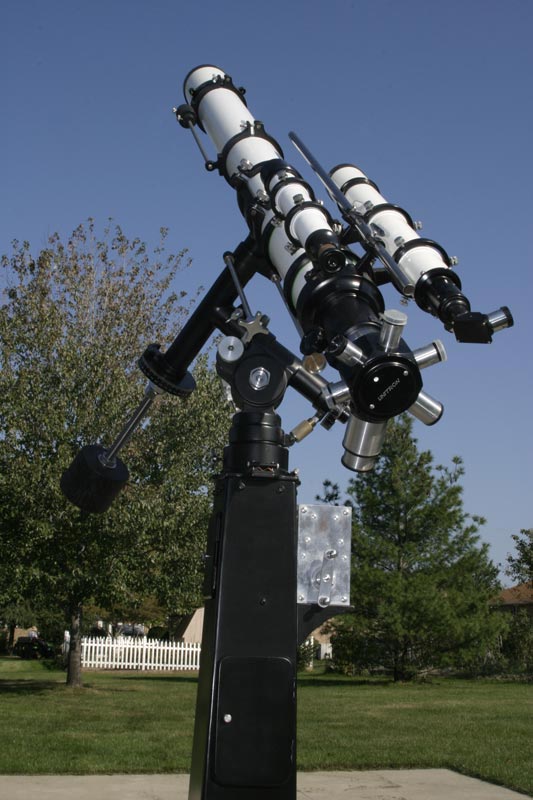
|
| UNITRON 4" F/15 upon Unitron Pier |
SEPTEMBER 11, 2001 VIDEO (Click Here)
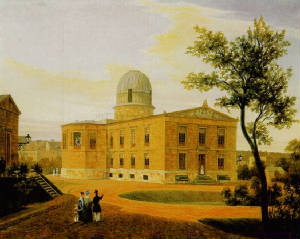
|
| BERLIN OBSERVATORY |
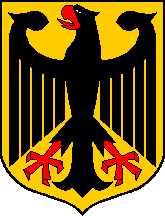
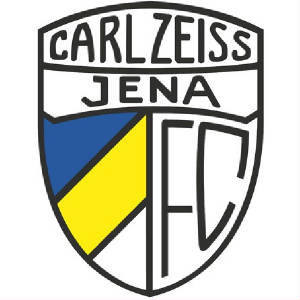

|
| IT'S THE ZEISS GIRL !!! |
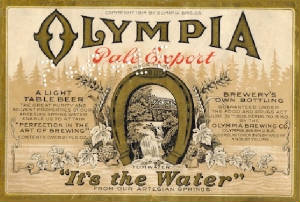

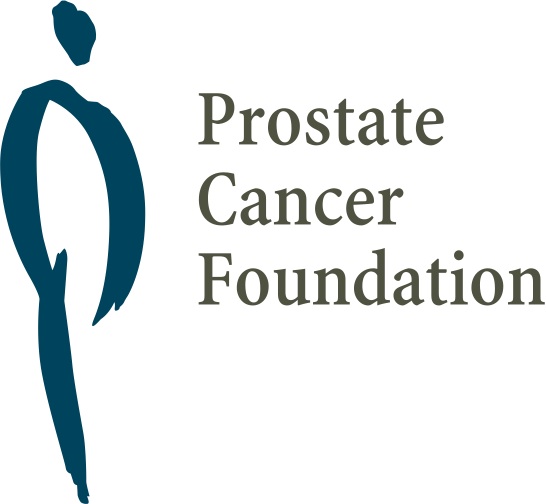
HELP SUPPORT (Click Here)
LOCAL OBSERVATORIES


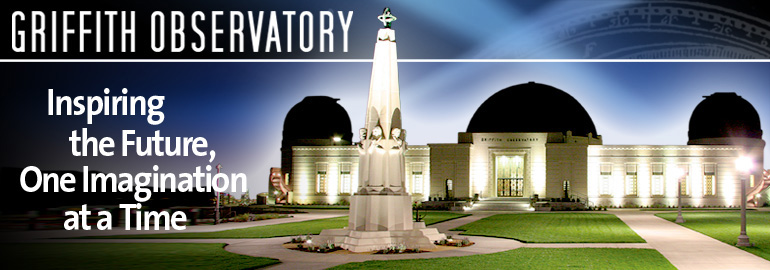
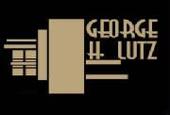
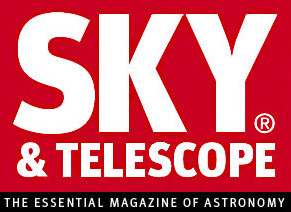
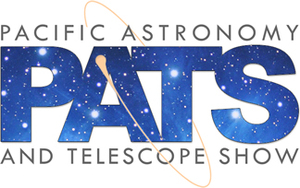
|

